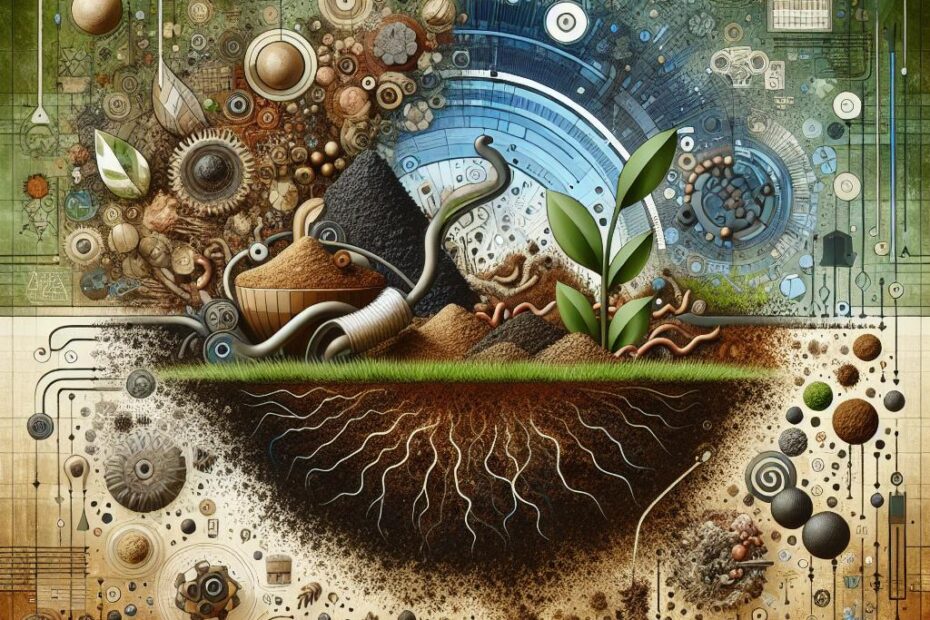Title: How to Improve Clay Soil for Drainage: A Comprehensive Guide
Introduction:
Clay soil can be a challenge for many gardeners and homeowners due to its poor drainage properties. However, with the right techniques and amendments, you can improve clay soil for better drainage and healthier plants. In this article, we will explore various methods to improve clay soil, from adding organic matter to installing drainage systems. By following these tips, you can transform your clay soil into a thriving garden bed.
Benefits of Improving Clay Soil for Drainage:
- Prevents waterlogged soil, which can lead to root rot and other plant diseases.
- Improves soil aeration, allowing roots to access oxygen more easily.
- Enhances nutrient uptake by plants, leading to healthier growth and better yields.
- Reduces erosion and runoff, protecting the environment and preventing flooding.
- Creates a more hospitable environment for beneficial soil organisms, such as earthworms.
Practical Tips for Improving Clay Soil Drainage:
- Add Organic Matter: Incorporating compost, leaf mulch, or aged manure into clay soil can improve its structure and drainage. Organic matter helps break up compacted clay particles and allows water to infiltrate more easily.
- Install Drainage Systems: Consider installing French drains, perforated pipes, or raised beds to improve drainage in clay soil. These systems can help redirect excess water away from your plants and prevent waterlogging.
- Avoid Tilling When Wet: Working clay soil when it is too wet can lead to compaction and further drainage issues. Wait until the soil is dry enough to crumble in your hand before tilling or adding amendments.
- Use Gypsum: Gypsum is a soil amendment that can help break up clay soil and improve drainage. Apply gypsum to your garden bed according to package instructions for best results.
- Mulch Regularly: Adding a layer of mulch to your garden bed can help regulate soil moisture and prevent compaction. Mulch also helps reduce erosion and suppress weeds in clay soil.
- Plant Cover Crops: Consider planting cover crops such as clover or ryegrass to improve soil structure and drainage. These plants can help break up clay soil and add organic matter to the bed.
- Test Soil pH: Clay soil tends to be alkaline, which can affect plant growth. Test your soil pH and adjust it as needed with the appropriate amendments to create a more hospitable environment for your plants.
Case Study:
John, a homeowner with clay soil in his backyard, struggled with poor drainage and waterlogged plants. After researching various methods to improve clay soil, he decided to add compost and install a French drain system to address the issue. Within a few months, John noticed a significant improvement in his soil’s drainage and the health of his plants.
Conclusion:
Improving clay soil for drainage is essential for creating a healthy and thriving garden. By following the tips outlined in this article, you can transform your clay soil into a nutrient-rich environment that promotes plant growth and reduces waterlogging. Remember to be patient and consistent in your efforts, as it may take time to see results. With dedication and the right techniques, you can successfully improve clay soil for better drainage and a beautiful garden.
